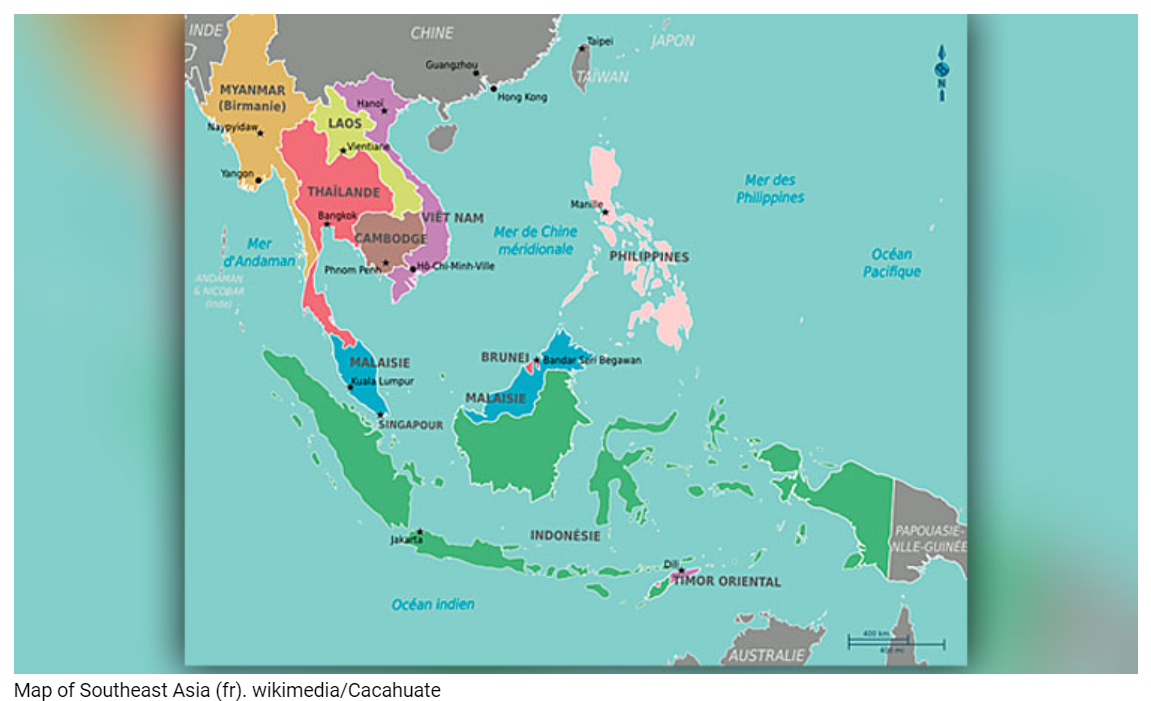Chinese firms ‘to increase post-pandemic ASEAN activity’
As tensions between the United States and China show no signs of abating, both nations’ businesses are shifting their focus towards Southeast Asia, say observers.
They say new stumbling blocks related to entering Western markets, rising costs in China and requests from clients have led to a Chinese pivot towards less-developed Southeast Asian nations, such as Cambodia.
The 10-country Association of Southeast Asian Nations (ASEAN) saw foreign direct investment (FDI) fall 31 percent during 2020. China, however, increased its investment in the bloc during the same period to $14.36 billion, a 51 percent increase on the previous year, signalling the importance China currently places in the region.
ASEAN is seen as the third-biggest market in Asia after China and India and is home to 660 million people as well as a growing middle class.
China is currently the leading source of FDI into Cambodia, with almost $900 million put into the economy during 2020. This marked a 70 percent increase in Chinese FDI in Cambodia compared with 2019.
Xu Ningning, executive president of the China-ASEAN business council, said Chinese investment into Southeast Asia could be categorised into five major fields: infrastructure under the Belt and Road Initiative (BRI), manufacturing and assembly, engineering projects, real estate and the e-commerce/digital economy.
Xu specifically cited Cambodia as a regional manufacturing and assembly base that is attractive to Chinese companies. Firms that decide to relocate to Cambodia can avoid punitive tariffs currently placed upon Chinese companies that export to the European Union and the United States.
German clothing brand Puma is one example of a major global company shifting at least part of its manufacturing to Cambodia from China, specifically to Huey Chuen (Cambodia) Corp Ltd and its facility in Takeo.
China-based companies have also in recent years adopted a “China-plus-one” strategy for industrial chains. This involved setting manufacturing facilities in countries such as Cambodia to take advantage of lower-wages, as well as the aforementioned avoidance of hefty tariffs imposed by the EU and the US on many Chinese exports.
Real estate is another area in which Cambodia is directly benefiting from FDI from China, primarily in Phnom Penh as well as in property in Sihanoukville.
The Cambodian property sector is expected to bounce back strongly post-COVID-19.
Tommy Xie, head of Greater China research at OCBC Bank, added there were other key factors that placed Cambodia and other ASEAN countries at an advantage, specifically the future geopolitical landscape.
He said: “After the pandemic, relations between China and Europe and the US will become even more complicated. There’s no way of going back to the way things were. The relationship between China and ASEAN is simpler: There is less political obstruction and that will draw more Chinese businesses to the region.”
Alibaba, ByteDance and Tencent set up their regional headquarters in Singapore last year, while Huawei announced its investment in a 5G innovation centre in Thailand last September.
Tencent Cloud opened its first cloud computing data centre in Indonesia in April, while SF Express acquired a majority stake in Kerry Logistics in February with the intention of gaining a foothold in the Southeast Asian market.
Cambodia, although regarded as a least-developed country, is regarded as having potential with its young and inexpensive labour force and improving infrastructure at the heart of the region.
Source: https://www.khmertimeskh.com/50858253/chinese-firms-to-increase-post-pandemic-asean-activity/


 Thailand
Thailand




